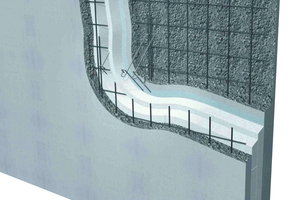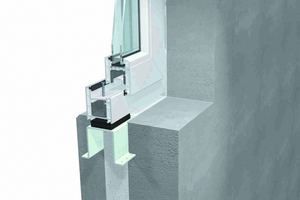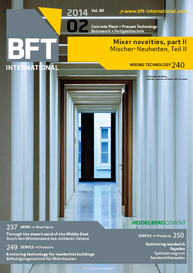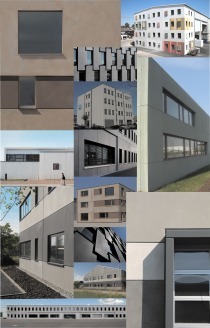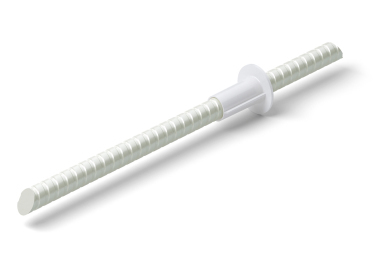Optimizing Sandwich façades in terms of building physics
Building with sandwich elements means an integrated wall construction that combines all usage-relevant aspects regarding statics, functions concerning building physics, and esthetics. Apart from permanently growing requirements with respect to the design of sandwich façades, more and more emphasis is put on the energy efficiency. Although, merely increasing the thermal insulation layer of a sandwich element is just half the truth in this respect. ‘More is better’, has to be called definitely into question as far as effectiveness and efficiency are concerned.
On contrary, the focus has to be on...

